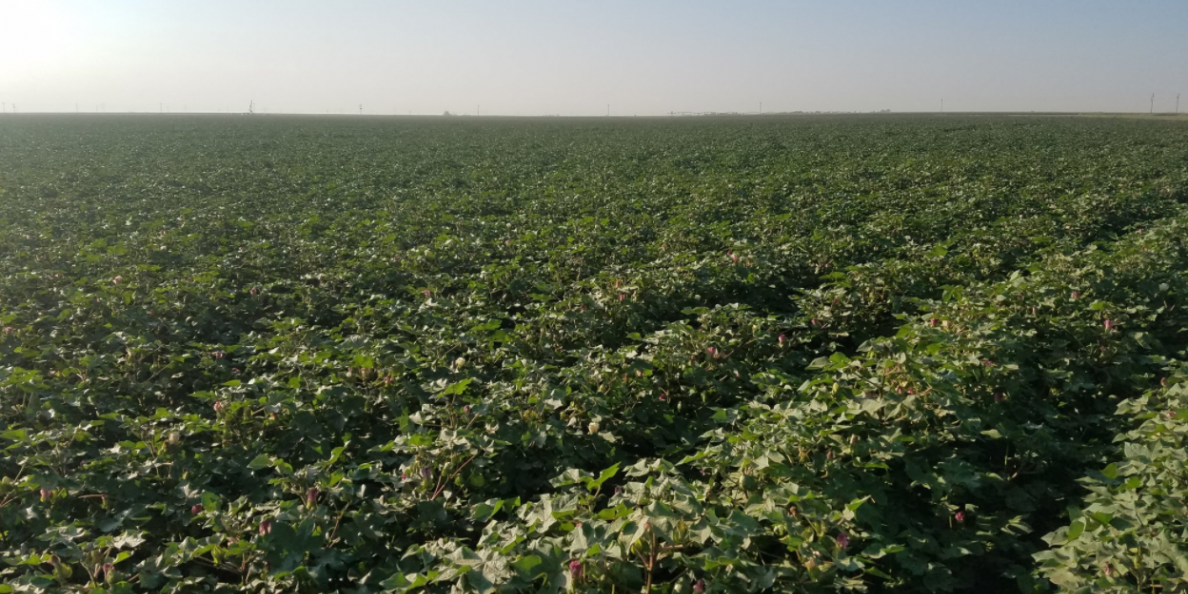From the American Phytopathological Society
As seed prices rise, growers must be increasingly mindful of the density and configuration of cotton in their fields. However, current cotton plant population recommendations aren’t always helpful or based on the latest research. Experts often offer guidance, rather than direct answers, and discuss both seeding rates and plant population, which can be confusing. Experts also recommend seeding in excess to account for inevitable seed loss. The most common plant population recommendation is 33,000 plants per acre.
To update these recommendations, Curtis Adams and his colleagues at Texas A&M AgriLife Research reviewed plant population studies published in 2000 or later. They found that yield is optimized at about 15,000 plants per acre (1.1 seed per foot in 40-inch rows), and contrary to popular belief, there is no yield benefit to high populations. Adams presents these findings in the webcast “Managing Plant Population in Cotton.”
It is important to note that these studies used fixed-row and plant-to-plant spacing and best management practices. These are idealized results, as uniform plant-to-plant spacing is not standard throughout the world. Growers working with uneven plant-to-plant spacing may see different results. In addition, these studies lack data about low populations in dryland conditions.
Adams also discusses causes of seed and plant loss, including low seed viability, soil crusting, and rapid soil drying. He also covers the effects of higher plant populations (more fruit production, decreased average boll size, higher fruit shed, improved competitiveness with weeds) and lower plant populations (more extensive branching and thicker stems, increased average boll size, higher fruit retention, and decreased competitiveness with weeds). Learn more by watching his webcast.
This 16-minute presentation is available through the “Focus on Cotton” resource on the Plant Management Network. This resource contains more than 75 webcasts, along with presentations from six conferences, on a broad range of aspects of cotton crop management: agronomic practices, diseases, harvest and ginning, insects, irrigation, nematodes, precision agriculture, soil health and crop fertility, and weeds. These webcasts are available to readers open access (without a subscription).
The “Focus on Cotton” homepage also provides access to “Cotton Cultivated,” a new resource from Cotton Incorporated that helps users quickly find the most current cotton production information available. These and other resources are freely available courtesy of Cotton Incorporated.


